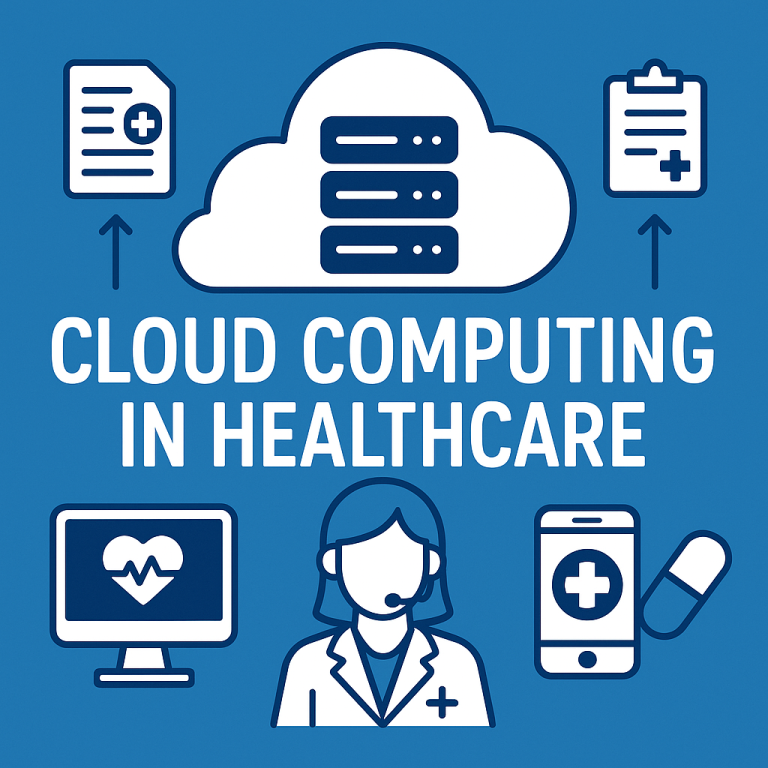Diagnostic Imaging Technologies: Advancements and Applications in 2025
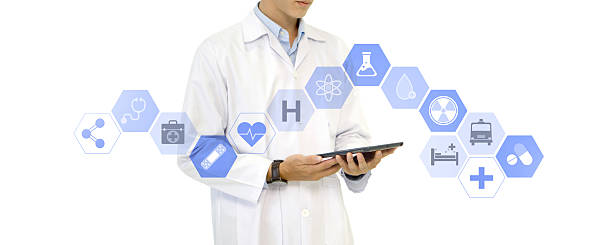
Diagnostic imaging technologies are essential tools that allow healthcare professionals to visualize the inside of the human body non-invasively. These tools play a crucial role in diagnosing, monitoring, and treating a wide range of medical conditions. From the humble beginnings of X-rays over a century ago to today’s AI-powered, high-resolution imaging systems, the field has evolved remarkably.
Diagnostic imaging includes techniques and processes used to create images of the body’s internal structures. These images help physicians assess organ function, identify disease, and plan treatments without the need for surgical intervention.
Importance of Imaging in Modern Healthcare

Imaging technologies are now integral to every major branch of medicine, from emergency care to oncology, cardiology, neurology, and even psychiatry.
Role in Diagnosis and Treatment Planning
Doctors use imaging to locate tumors, fractures, blood clots, and infections. It also helps in planning surgeries and monitoring the effectiveness of treatments such as chemotherapy.
Impact on Patient Outcomes
Early and accurate diagnosis often means faster treatment, reduced complications, and improved survival rates. Imaging minimizes the need for exploratory surgeries, reducing patient discomfort and recovery time.
Key Imaging Modalities in 2025

As of 2025, major imaging techniques have become faster, safer, and more detailed.
MRI (Magnetic Resonance Imaging)
MRI continues to provide excellent soft tissue contrast, crucial for brain, spine, and musculoskeletal imaging. Advanced 7-Tesla MRI machines offer ultra-high resolution.
CT (Computed Tomography)
CT scans now provide faster scans with lower radiation doses. Dual-energy CT allows better tissue characterization.
Ultrasound
Ultrasound has become increasingly portable and user-friendly, with AI enhancements providing automatic measurements and interpretations.
PET and SPECT
Positron Emission Tomography and Single Photon Emission Computed Tomography are vital in oncology and neurology, offering functional imaging at the molecular level.
X-ray and Fluoroscopy
These remain the most accessible and widely used methods, now available in portable forms with enhanced digital clarity.
Artificial Intelligence in Imaging
Artificial Intelligence (AI) is reshaping diagnostic imaging by adding layers of automation, precision, and speed to image interpretation. AI in patient care is reshaping how clinicians manage treatment workflows, monitor patient progress, and make real-time decisions. While it offers improved efficiency and precision, it also raises concerns around data privacy, ethical use, and algorithm transparency.
AI-Driven Diagnostics
AI algorithms in 2025 can detect anomalies such as tumors, fractures, and hemorrhages with near-human accuracy. In some specialties like mammography and lung nodule detection, AI now serves as a second reader, boosting diagnostic confidence.
Machine Learning for Image Enhancement
Machine learning models can refine raw imaging data, reducing noise and enhancing clarity. This is especially valuable in low-dose scans and rapid-acquisition modalities where traditional image quality may suffer.
Predictive Analytics
Beyond interpreting images, AI can predict disease progression and outcomes by analyzing patterns across longitudinal imaging data, helping in proactive care planning.
3D and 4D Imaging Innovations
Three-dimensional (3D) and four-dimensional (4D) imaging bring anatomy to life, offering more detailed insights into spatial and temporal body structures.
Applications in Surgery and Oncology
Surgeons use 3D models for preoperative planning and simulation. Oncologists benefit from real-time tumor tracking with 4D imaging during radiotherapy.
Benefits Over Traditional Imaging
These technologies provide improved accuracy in assessments, reduced surgical risks, and better patient communication through visual aids.
Portable and Point-of-Care Imaging Devices

In 2025, portability and ease of use are key drivers in imaging tech, especially in under-resourced areas.
Use in Rural and Emergency Settings
Handheld ultrasound devices and compact X-ray units are deployed in ambulances, rural clinics, and disaster zones. They bring rapid diagnostics to the patient’s side, bypassing the need for hospital-based imaging.
Handheld Ultrasound Scanners
Newer models are AI-powered, offering real-time image guidance and diagnosis, even to users with minimal training.
Integration with Electronic Health Records (EHR)

Diagnostic imaging is more efficient when seamlessly integrated with digital healthcare systems.
Streamlined Data Management
Images and reports are automatically synced with patient records, reducing errors and delays. Radiologists can instantly compare current scans with previous ones for better longitudinal analysis.
Remote Diagnostics and Telemedicine
Integrated systems enable remote consultations and diagnostics, especially crucial in underserved or pandemic-stricken regions.
Cloud-Based Imaging Systems
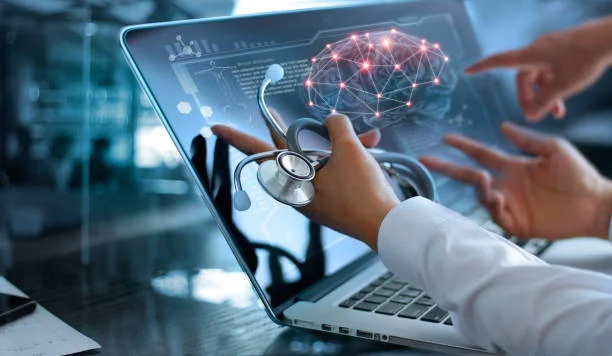
The shift to cloud storage has revolutionized image management.
Benefits of Cloud Storage
Doctors and patients can access imaging data from anywhere, promoting collaborative care and faster second opinions. Cloud platforms support large file sizes and advanced analytics.
Cybersecurity Challenges and Solutions
With increased accessibility comes the risk of data breaches. In 2025, encrypted transmission, blockchain verification, and zero-trust architectures are widely adopted to safeguard patient information.
Hybrid Imaging Techniques

Combining multiple modalities offers superior diagnostic capabilities.
PET/CT and PET/MRI
These hybrid systems combine the metabolic imaging of PET with the anatomical detail of CT or MRI. They’re especially valuable in cancer staging, brain disorders, and cardiac evaluations.
Advantages in Oncological Diagnostics
By capturing both form and function in one scan, hybrid techniques reduce scan times, patient discomfort, and diagnostic ambiguity.
Molecular and Functional Imaging
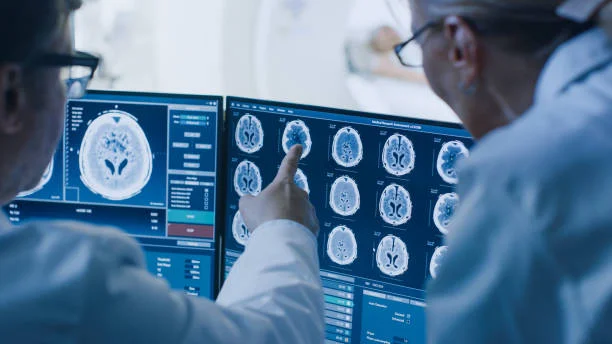
This frontier of imaging goes beyond structure to explore cellular activity and biochemical changes.
Role in Early Disease Detection
Functional imaging identifies diseases at the molecular level before structural changes appear. It’s a game-changer in conditions like Alzheimer’s, Parkinson’s, and early-stage cancers.
Applications in Neuroscience and Cardiology
Brain imaging now maps neural connectivity and neurotransmitter levels. In cardiology, functional imaging helps assess myocardial viability and perfusion with incredible precision.
Radiation Safety and Dose Management

Radiation exposure remains a concern, especially with CT and nuclear imaging.
Advances in Low-Dose Imaging
Newer machines use iterative reconstruction and AI to maintain image quality while drastically lowering radiation doses.
Protective Regulations and Technology
Automated dose monitoring systems, patient-specific exposure protocols, and global safety standards ensure optimized imaging with minimal risk.
Personalized Medicine and Imaging Biomarkers
Imaging now plays a vital role in the era of precision medicine.
Role of Imaging in Tailored Therapies
Scans are used to guide targeted treatments based on a patient’s unique anatomy and disease profile. Imaging biomarkers help assess response to therapy and adapt treatment plans.
Development of Targeted Diagnostics
Radiotracers and contrast agents are becoming more disease-specific, enhancing diagnostic accuracy and minimizing side effects.
Pediatric and Geriatric Imaging Advances
Age-specific adaptations make imaging safer and more effective for vulnerable populations.
Tailoring Technologies to Age-Specific Needs
Child-friendly machines with reduced noise and faster scan times reduce anxiety and the need for sedation. Geriatric imaging focuses on mobility aids and clearer visualization of aging tissues.
Reducing Sedation and Exposure
Improvements in sensitivity and speed allow for shorter scan durations and lower radiation doses in children and seniors.
Robotic and Automated Imaging Systems
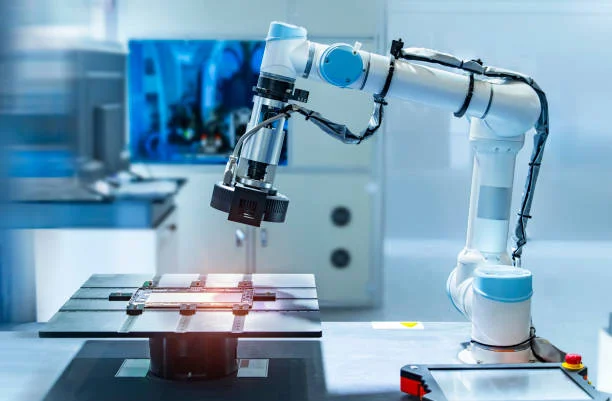
Automation and robotics have made imaging more efficient, precise, and less labor-intensive.
Benefits for Workflow Efficiency
Robotic systems automate patient positioning and scan acquisition, reducing human error and technician fatigue. AI-powered scheduling and reporting tools also streamline radiology workflows.
Case Studies in Radiology Departments
Hospitals that have adopted robotic imaging arms and AI-assisted triage systems report reduced wait times, increased throughput, and improved diagnostic consistency.
Challenges in Adoption and Accessibility
Despite technological leaps, there are still barriers to widespread adoption.
Cost, Training, and Infrastructure Gaps
High costs of advanced imaging systems limit access, especially in low-income countries. There’s also a growing need for radiologist training to keep pace with evolving technologies.
Global Disparities in Imaging Access
While urban hospitals in developed nations enjoy the latest tech, rural and underserved communities often lack basic imaging services. Mobile units and global health initiatives aim to bridge this gap.
Regulatory and Ethical Considerations
As technology advances, ethical and legal frameworks must evolve in parallel.
Approvals, Privacy, and AI Bias
Regulatory agencies like the FDA and EMA now oversee AI-based imaging tools. Ensuring patient data privacy and mitigating bias in algorithm training are top priorities.
Compliance with Healthcare Laws
New rules, such as GDPR in Europe and HIPAA in the U.S., emphasize data protection and transparency, especially with cloud-based and AI-integrated imaging systems.
Future Trends and Research Directions
The road ahead for diagnostic imaging is both exciting and complex.
Quantum Imaging
Still in early stages, quantum-enhanced imaging promises unprecedented resolution using entangled photons. This could transform fields like neurology and nanomedicine.
Nanotechnology Integration
Nanoparticles that target specific cells or proteins can enhance imaging contrast and precision, opening doors to highly personalized diagnostics.
Global Innovation Hubs
Countries like the U.S., Germany, Japan, and South Korea are leading the innovation race, investing heavily in imaging R&D, startups, and AI integration.
FAQs
1. What are the newest diagnostic imaging technologies in 2025?
The latest include AI-enhanced MRI and CT, handheld ultrasound devices, PET/MRI hybrids, and cloud-based diagnostic platforms.
2. How has AI improved diagnostic imaging?
AI automates image interpretation, detects patterns faster than humans, enhances low-quality scans, and aids in predicting disease outcomes.
3. Are portable imaging devices accurate?
Yes. In 2025, handheld ultrasounds and portable X-rays deliver near-hospital-grade accuracy, especially when supported by AI.
4. What is the role of imaging in personalized medicine?
Imaging helps tailor treatments by identifying specific biomarkers and assessing therapy responses in real-time.
5. Is radiation exposure still a concern in 2025?
While still relevant, exposure levels are now much lower due to advanced dose-reduction techniques and high-sensitivity detectors.
6. Can diagnostic imaging be done remotely?
Yes. With telemedicine and cloud integration, remote radiologists can interpret scans and offer real-time consultations worldwide.
Conclusion
In 2025, diagnostic imaging technologies have transcended traditional boundaries, offering unprecedented precision, accessibility, and integration. With AI, robotics, cloud computing, and personalized diagnostics leading the charge, imaging is not just a tool; it’s a partner in proactive, patient-centered care.
Yet, challenges like global access, ethical governance, and affordability remain. Overcoming these will be essential to ensure that these groundbreaking technologies benefit every patient, everywhere.
As innovation accelerates, diagnostic imaging stands poised to redefine the future of medicine, transforming how we detect, treat, and ultimately prevent disease.





